01730 622544
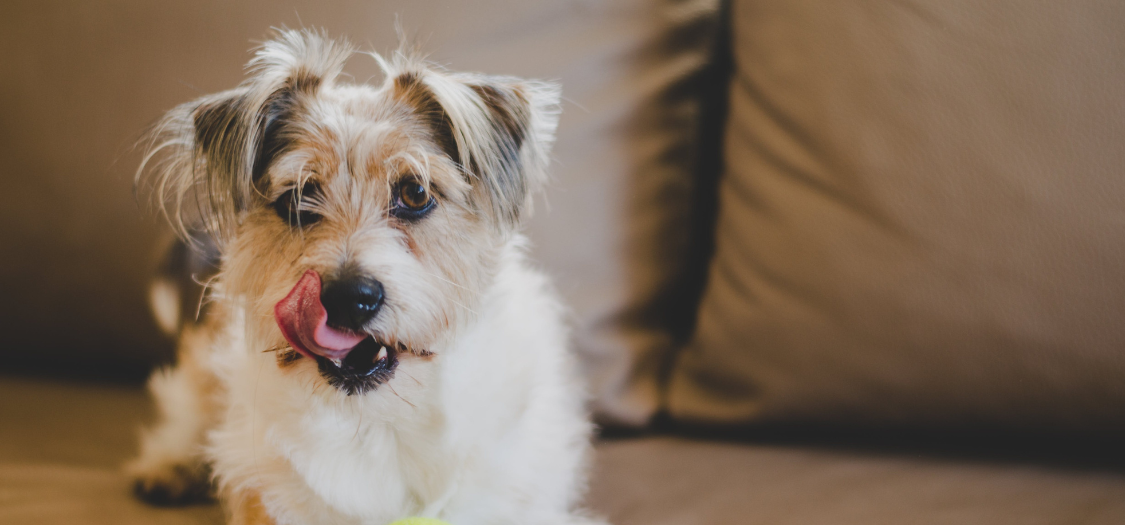
My Dog Has Incontinence Due To Slipped Discs. What Can I Do At Home?
It is common for dogs with slipped discs to be incontinent, even if only for a short time.
There are two types of urinary incontinence that can develop because of dog IVDD.
Type 1 Incontinence
Type 1 is a result of a dog being unable to stand, or squat normally, to pee or poo. This can be a very uncomfortable situation for them. You may have to learn bladder expression.
Type 2 Incontinence
The second type is when a dog has lost the ability to control urination because the nerve impulses to and from the bladder have been reduced, or completely lost.
Then, rather like a baby, your dog will pee when their bladder is overflowing or when they try to get up/are lifted up. You might notice leaks around the house. This isn’t their fault. They won’t be able to feel that this is happening and can’t control it.
You should still take your dog out - carry them out and then on a short lead - to their normal toilet areas even if this is happening. This is because most house-trained dogs won’t like peeing indoors. Not taking them outside might introduce the idea to them that peeing in the house is OK.
Incontinence outside
Outside, the cues that your dog associates with toileting are all present, e.g. feeling the grass on their paws, the scent of where they’ve been before. Time these outside toilet breaks for when they’d normally need to go: when they wake; after a meal; and last thing at night.
Consider absorbent bedding or reusable, washable incontinence pads, and give them regular bed baths - sponging with warm soapy water, rinse with clean water and then pat dry.
Bowel incontinence can be challenging to cope with. If your dog has developed this as a result of their dog IVDD, check with your vet whether a change of diet will help.
Ensure that their coats are clean - you’ll need to inspect the back legs and tail regularly, especially if they’ve coughed, barked, been resting, or playing. Keep their bedding clean and blankets clean and dry. Your vet may prescribe pain relief or anti-inflammatories.
Read further about Non-Surgical and Conservative Management IVDD treatments here: https://zoomadog.co.uk/collections/conservative-management-ivdd
Read more about IVDD Causes, Prevention, Early Signs of IVDD in Dogs, and Help at Home: https://zoomadog.co.uk/collections/dog-ivdd-or-intervertebral-disc-disease
Find the best dog Back Braces here: https://zoomadog.co.uk/collections/dog-back-brace
Find washable and waterproof dog incontinence mats here: https://zoomadog.co.uk/products/dog-incontinence-pads
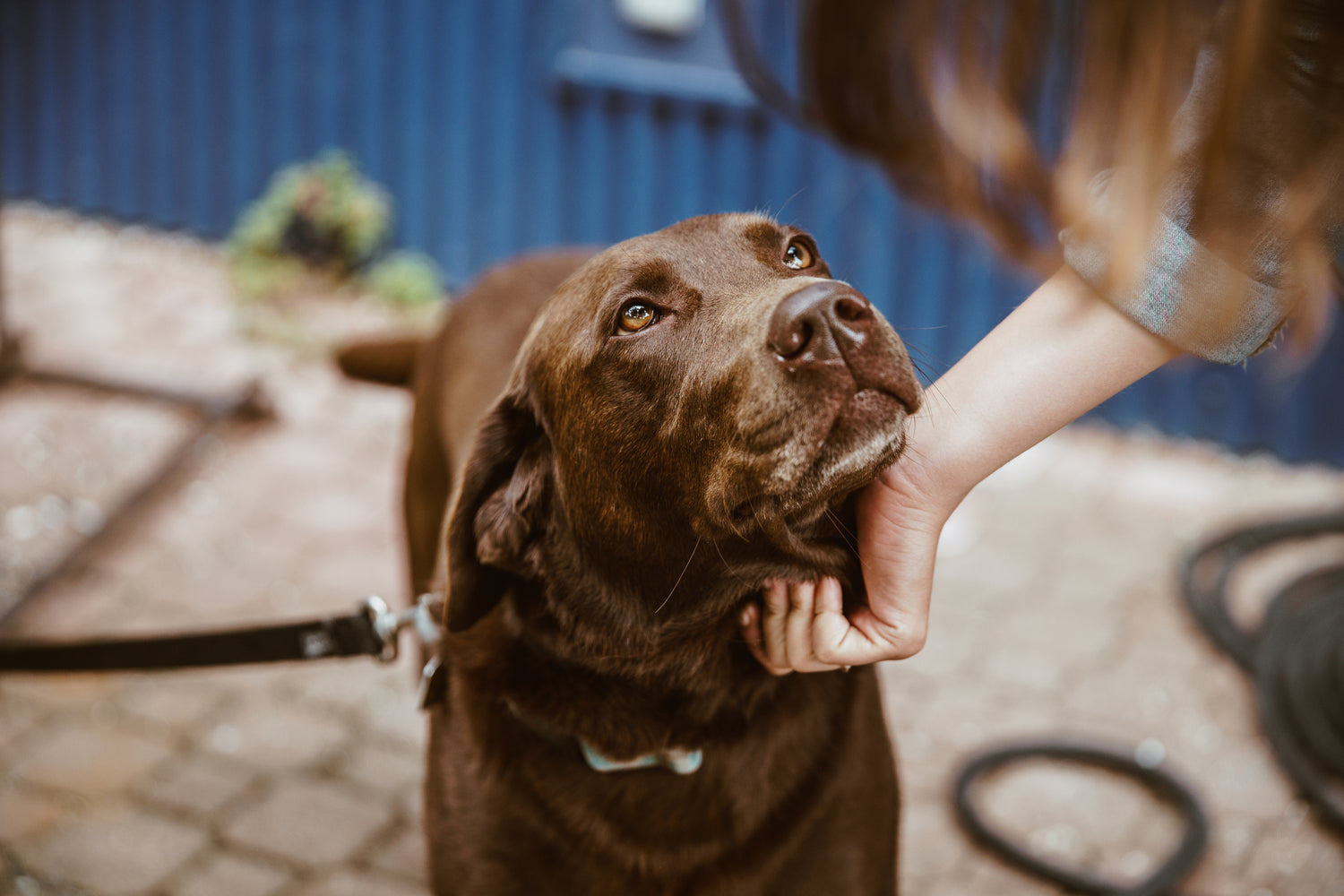
Looking for help with your dog?
We can help find the right solution for your dog
Feel free to give us a call on 01730 622544
or email us at woof@zoomadog.co.uk



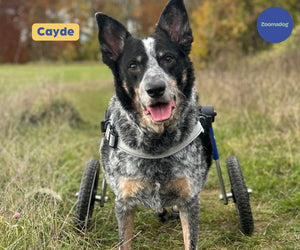
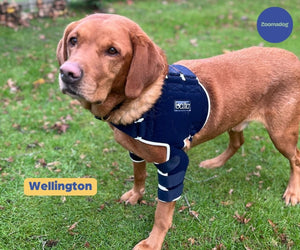
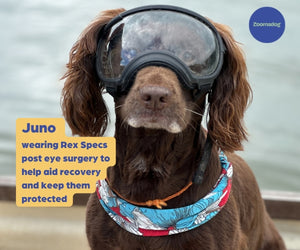

Comments
Leave a comment